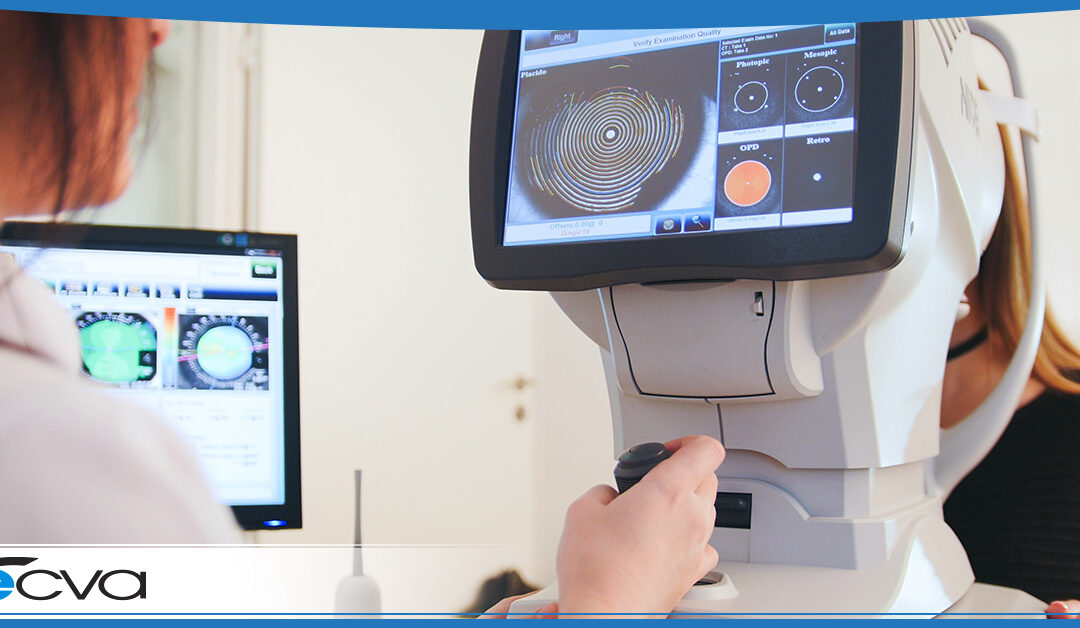
by ecvaeyeadminz | Oct 23, 2020 | Eye Health, Uncategorized
There are numerous types of vision acuity changes, each with its own signs and symptoms. Some are simply differences in severity, while others cause losses in different areas. If you are wondering about the types of low vision, here’s a look at the most...

by ecvaeyeadminz | Oct 14, 2020 | Eye Health
Over time, a person’s vision typically changes. Losing near vision is one such change, frequently impacting people as they reach their 40s and beyond. It’s a normal part of the aging process, leading to a condition called presbyopia. One normal response to...
by ecvaeyeadminz | Oct 1, 2020 | News
Eye Care & Vision Associates, LLP (ECVA) is pleased to announce the hiring of Dr. David Styn, O.D. A licensed optometrist, Styn will be responsible for providing primary eye care for patients, including eye health exams and vision correction. This key hire...




